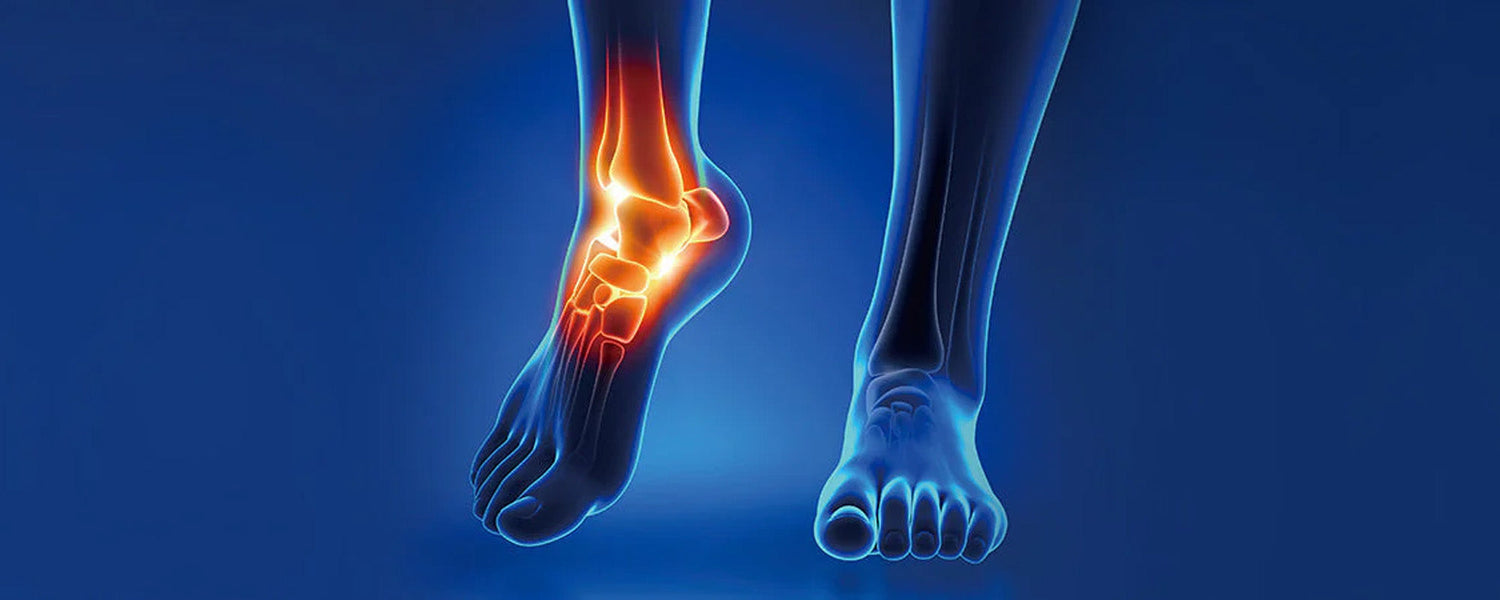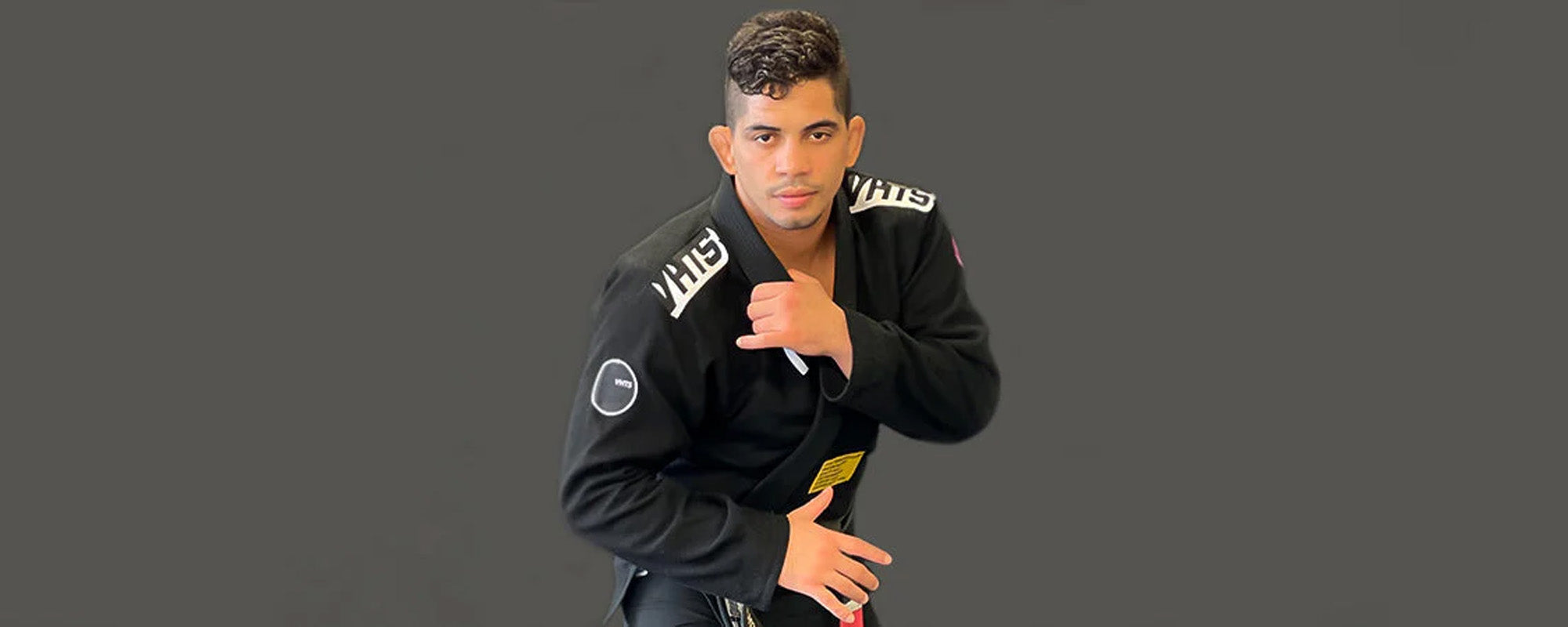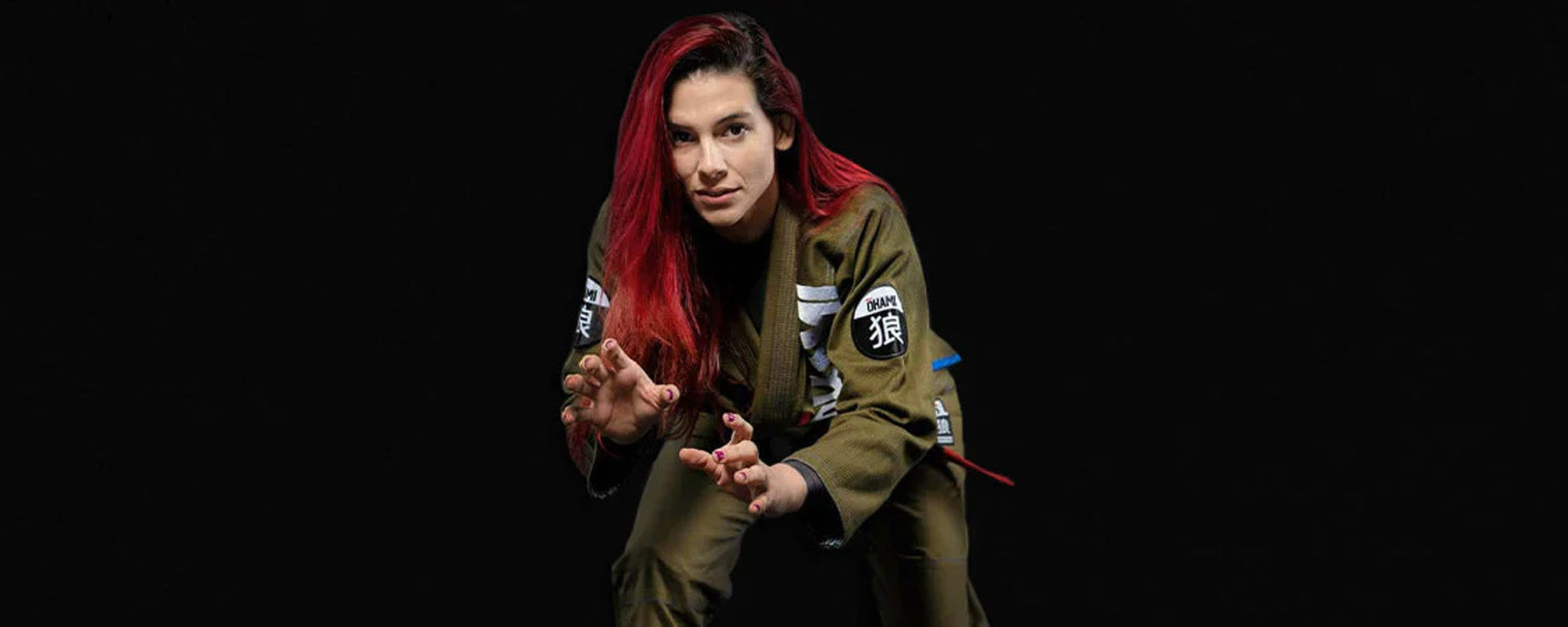Table of content
Athletes, especially martial artists, are susceptible to foot injuries. Legs and feet are mostly used in various BJJ techniques and takedowns. During rolling, joints bear a lot of pressure and this pressure can cause injuries or muscle tears.
Ankle injuries are common during BJJ fighting and training sessions. During BJJ rolling, a submission attempt, ankle lock, or over-rotation during the application of an armbar can cause ankle injuries and other complications.
In many cases, ankle tear is not very severe and you can continue your BJJ training with a little care. But if you feel pain and are unable to put weight on your ankle, you should stop rolling, see your doctor, take proper care, and get adequate treatment.
1. How to Continue BJJ Training With Torn Injury
Ankle injuries mostly happens during sports. BJJ practitioners use their feet and hind limbs for executing many techniques. If ankles are not strong and flexible enough to bear the pressure of intense grappling, BJJ practitioners can get ankle injuries.
In many cases, BJJ practitioners do not stop their training and continue their daily workouts and rolling with precautions. Here we will discuss how a grappler can continue his training with an ankle injury.
1.1. Take Doctor’s Recommendations
During BJJ rolling, grapplers have to rotate their ankles in a wide range to execute various drills. While practicing these drills, there are many chances that practitioners will be exposed to an ankle injury if they did not work on strengthing and conditioning their ankles.
After training or fighting, If you feel pain while walking or even standing, you should see your doctor or get an X-ray in case of severe pain. You should know the intensity of damage to your ankle. Proper treatment and healing are crucial for the proper working of the ankle.
Reinjuring the healing ankle can damage your ankle and can take you away from the mat for a long time. So always follow the instructions and recommendations of your doctor.
If you have a minor ankle injury, you can continue your training with the doctor’s advice. But you follow the suggested limitations of your doctor. Avoid those techniques and positions that your doctor suggested avoiding.
1.2. Wrap it Before Starting Training
BJJ practitioners who are rolling for a long time know injuries are no surprise. While rolling on the mat, martial art practitioners get hurt often. Most of the time, they continue their rolling with some precautionary measures.
With an injured ankle, you can also continue your rolling by wrapping your ankle. You can wrap your ankle with braces, tapes, or by dressing. Wrapping protects your injured joint from hurting again and provides external support.
To continue training with tape, wrap the tape a little away from the injured point. Taping around the injury will give you support, help to exert less pressure on the injury, and make you feel comfortable.
Supporting your injured ankle with braces or tapes prevents the chances of re-injury. Reinjuring the hurt ankle can hinder the healing process and keep you in bed for weeks.
1.3. Give Your Ankle Proper Recovery Time
A severe ankle injury needs a training break to heal properly. If you stand up on your feet, you will definitely put weight on your injured ankle which can delay the recovery time or process and can cause soaring pain.
Ankle tears are mostly not severe and can be treated with some care. If you feel you have an ankle injury, whether it is severe or minor, you have to take a short break from your training.
Most injuries take more time to heal because of carelessness. Give your injury a proper recovery time.
If you took a break and now you want to resume training, be careful with the guards and positions which can hurt your ankle.
1.4. RICE (Rest, Ice, Compression, Elevation)
RICE can be understood as first aid after the injury. It can be helpful to relieve your pain and inflammation instantly.

Rest: After an injury, take some rest and let your body heal naturally. Many injuries require complete rest for a durable recovery.
Ice: Ice can be helpful in relieving pain and swelling. Ice causes constriction of blood vessels to the injured part and reduces pain and swelling.
Compression: Compression includes wrapping the injured part with some bandage or tape. Do not wrap your ankle tightly. This can increase swelling and pain instead of reducing it.
Elevation: Elevation means keeping your injured ankle elevated than your heart whether you are in a sitting or lying position. Elevation also helps to minimize blood flow and reduce swelling.
1.5. Limit Your Training Time
After an ankle injury, even standing up on your feet and putting your weight on your ankles can damage your healing ankle. Do not roll on the mat as you do in your daily routine. To reduce recovery time and get your ankle fully functional, you have to wait for a few days or maybe a week.
Spending too much time on the mat with an injured ankle can give a big loss to your ankle and you have to stay away from the mat for a long time. It can also affect the mobility of your ankle. So to get your ankle properly healed, limit your training activities.
1.6. Be Careful with Techniques and Guards
In BJJ, many techniques (like armbar, and takedowns) and guards involve using legs, feet, and ankles. If you are suffering from an ankle injury, now it is time to take a break from takedown techniques. You should not perform any drill which can exert pressure on your ankle.
During this time when you are waiting for your ankle to heal properly, you can practice those drills which are not expected to hurt your ankle like some closed guard techniques. It will help you to give your ankle proper rest and recovery time with continuous training.
2. How to Prevent Ankle Injuries?
In BJJ, submission techniques mostly involve feet and legs and you can hurt your ankles, toes, feet, or knees during the application of these techniques. Ankle injuries can be dangerous to your BJJ progress if taken carelessly. But you can avoid ankle injuries by applying some preventive measures. Here we will discuss some of them.
2.1. Strength and Mobility Workouts
During BJJ training, you have to do movements in various frames and angles beyond the normal range of motion. Injuries mostly happen in BJJ, if your body does not have extended mobility. A little out-of-range movement or pressure can damage your muscle or joint.
If you are doing strengthening and conditioning workouts regularly along with BJJ rolling, you will have strong ankles with great mobility. Your ankles can tolerate the pressure and can execute the movement in a wide range without getting injured.
2.2. Always Use Braces or Tapes when Needed
To reduce ankle injuries or braces, taping is a good option. Taping provides support and protection to your ankle without reducing the range of motion. Do not tape your ankle tightly so that tape cannot disrupt blood flow and mobility.
Taping your ankle is also helpful to stabilize your ankle. Furthermore, it can be helpful to recover from an injured ankle. Taping provides mechanical support and helps your ankle to recover soon. Braces are more helpful than taping to protect ankles from any injury without restricting movement and performance.
2.3. Be Careful While Choosing Your Partner
During BJJ rolling, be careful while choosing your partner. Rolling with a heavy or over-smart guy can cause difficulties for you. Especially with an injured ankle, you should be very careful about your rolling partner. Choose someone you can trust that will be suitable to roll with.
If a person is well-known in the gym for hurting others or harsh submissions, you should refuse to spar with him/her. Always choose your sparring partner carefully.
2.4. Never Miss Warm-Ups Before Rolling
Avoiding injuries in BJJ training is critical. And ankle injuries are common injuries that are expected during BJJ rolling. Warm-ups are very necessary to prevent Injuries. When training in the gym, never start rolling until you start sweating after warm-ups.
Your body muscles are tight and cold and are exposed to getting injured easily. Warm-ups help to relax your muscles and make them less vulnerable to injuries.
3. Mobility Workouts for Torn Ankle
After an ankle injury, resting is the most important factor in healing. Mostly, the ankles took one to two weeks to recover. After resting, now a BJJ practitioner needs to do some mobility workouts for strengthening and conditioning purposes.
Be careful with these post-healing workouts. Follow-up strategies are also important after treatment. Just after healing, the ankle can be reinjured if you do move your ankle out of range or exert pressure. To strengthen your ankle after the recovery process, BJJ practitioners should do some light workouts which can be safe for the ankle and help to ensure proper mobility in the ankle.
Here we have discussed some light workouts to ensure mobility and strength in partially or fully healed ankles.
3.1. Alphabet Tracing
Drawing alphabets in the air will help you to move your ankle in various frames and ensure extended mobility and strength.
- Draw the alphabet in the air with your foot.
- Draw both capital and small letters.
- Be sure while drawing the alphabet that you are moving your ankle, not your hip joint.
3.2. Flexions and Extensions
Flexions and extensions are helpful to rebuild mobility potential in your ankles. These movements are not in various frames like drawing alphabets but this exercise allows your ankle to move in a wide range.
- Flexions: Move your toes as close as you can. Hold for 10-15 seconds.
- Extension: Now move your toes away from your body as far as you can and hold for 10-15 seconds.
- You can use an elastic band to support your foot.
- Repeat these movements 3-4 times a day.
Ankle Dorsiflexion/Extension Animation
ANKLE - Ankle Flexion & Extension
3.3. Ankle In and Out
After taking a break and proper treatment, you should also focus on strength workouts for your newly healed ankle. For this purpose, ankle outs are very much crucial.
- Make a loop of an elastic band.
- Put your foot with an injured ankle into it.
- You can use your other foot or even the leg of a chair or table to hold it and keep it in place.
- Now force your foot (with an injured ankle) towards and away from the support.
- Now move your foot back into its normal place slowly.
- Repeat this exercise 3 times.
4. Conclusion
Ankle injuries are common during training and rolling but you can reduce the chances of getting injured by adopting precautionary measures. But if you have an ankle injury during BJJ training, proper treatment and adequate recovery time can help you rejoin the gym.












Leave a comment
This site is protected by hCaptcha and the hCaptcha Privacy Policy and Terms of Service apply.